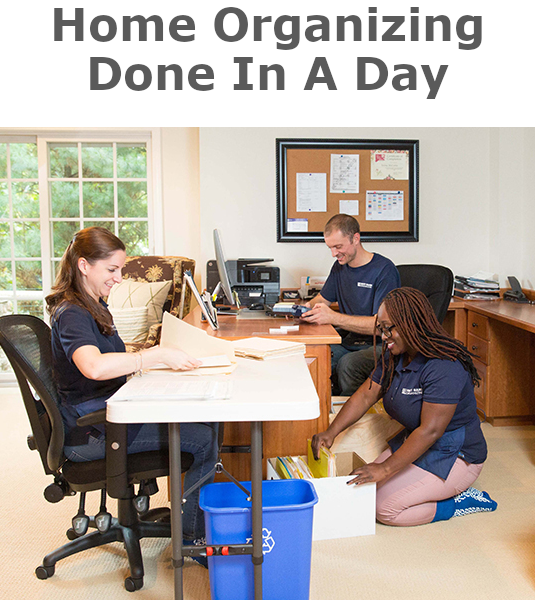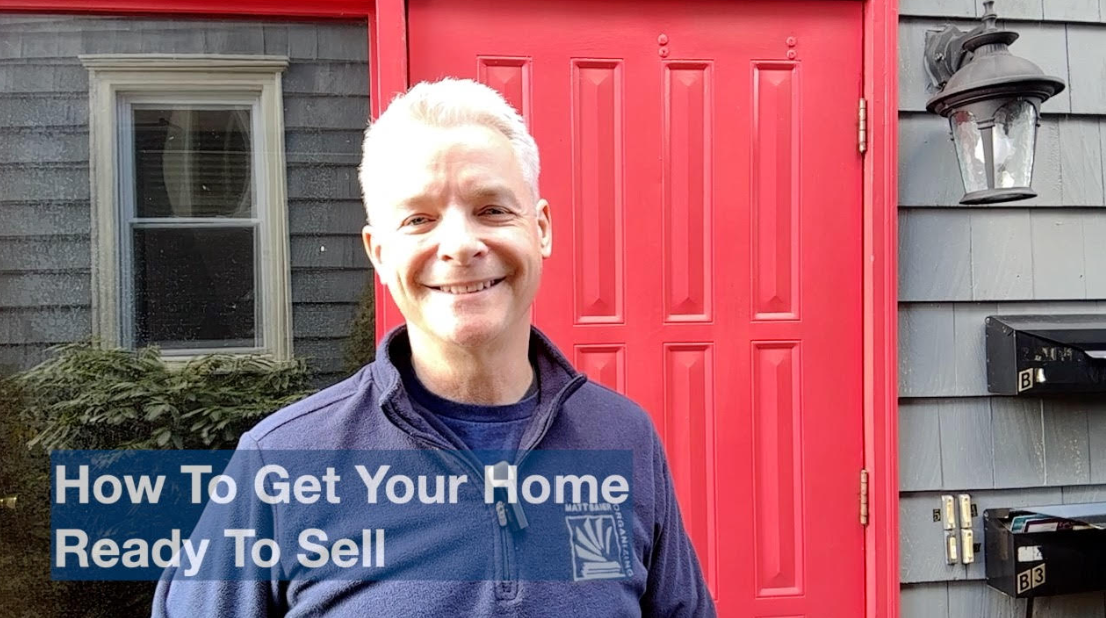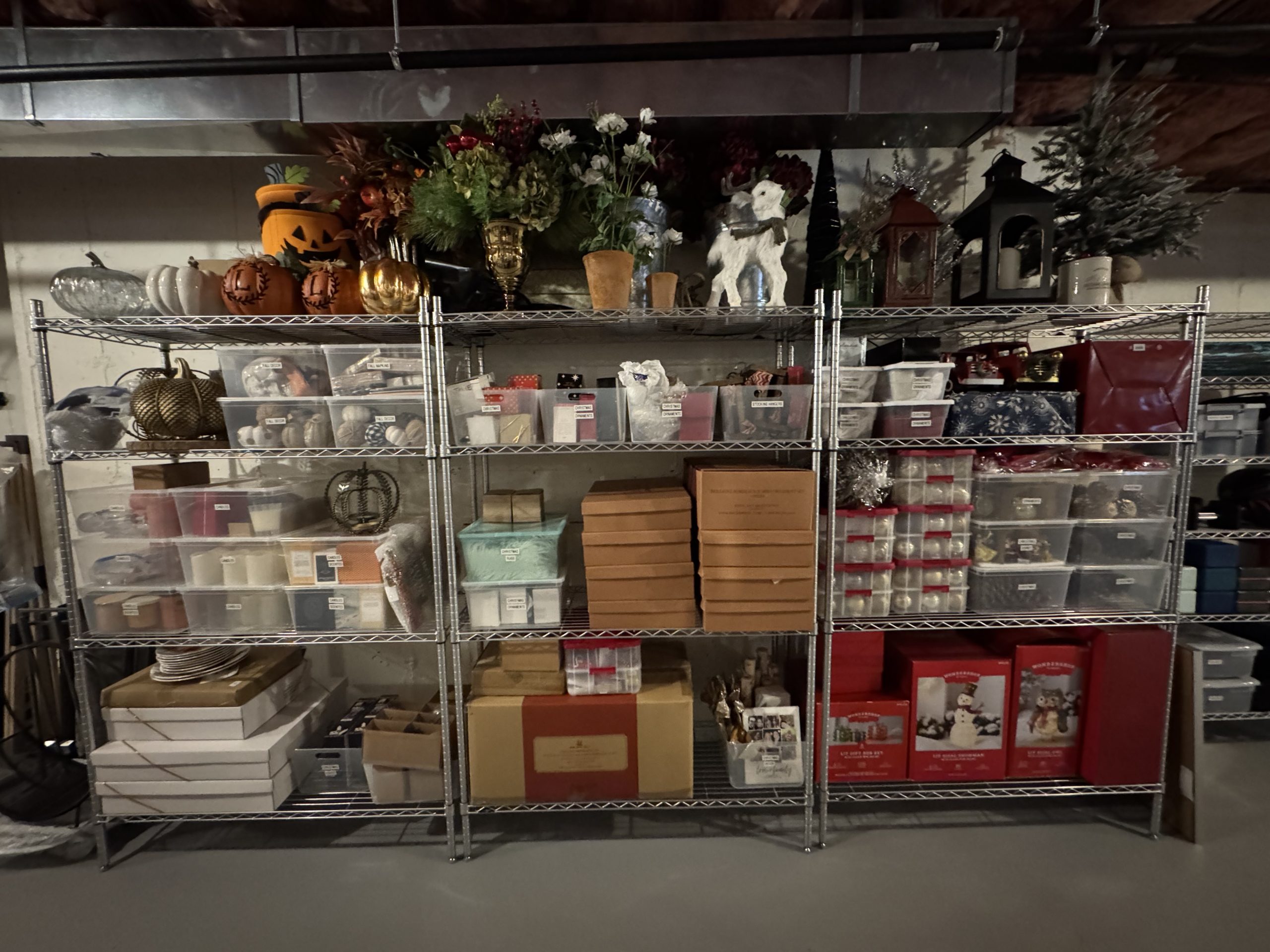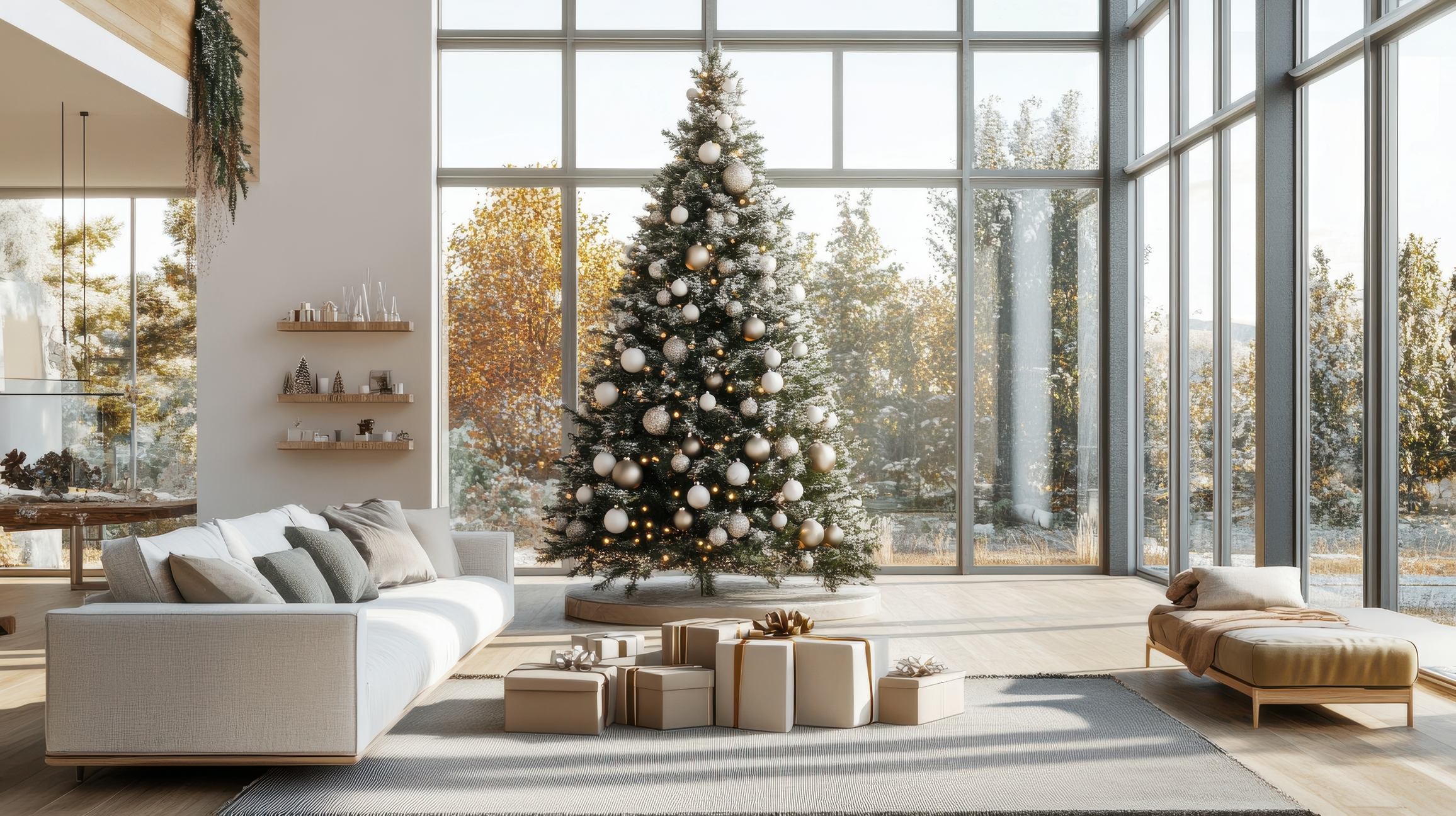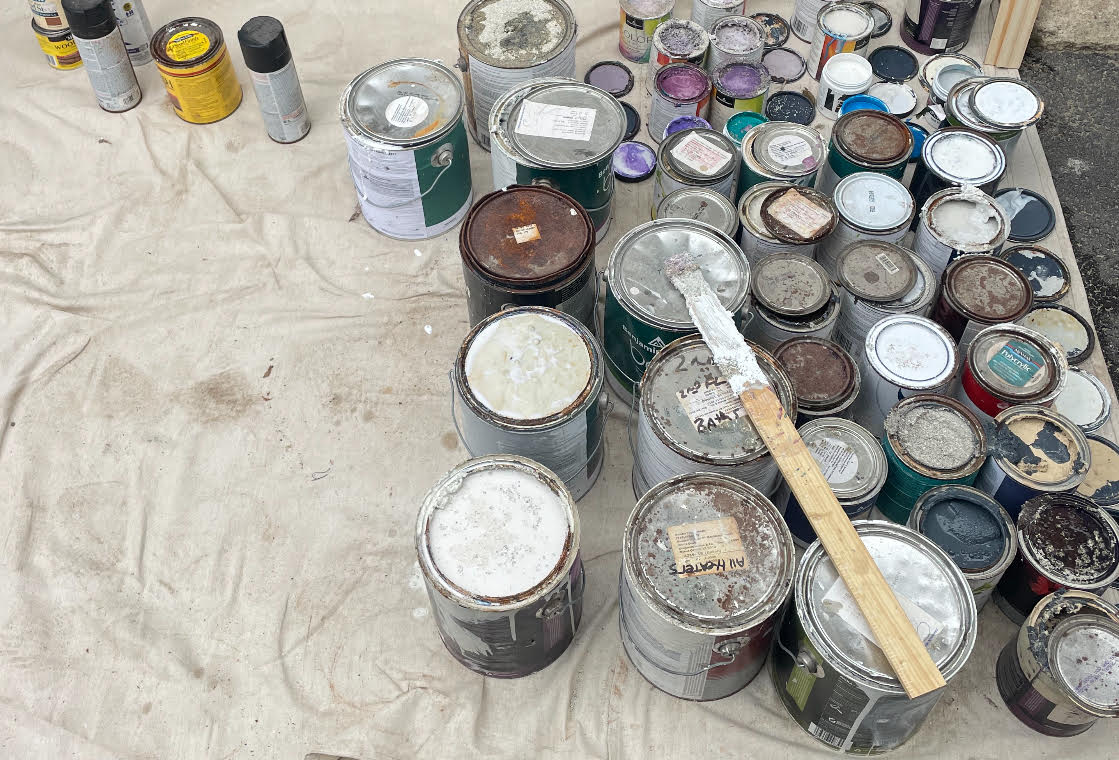The best organizing tips for basement storage make sense when you understand it’s supporting role. This can be understood by revisiting a model called showroom/stockroom, which I’ve written about before. This is a conceptual model of storage, that makes your organizing systems more sustainable. Here’s a summary of how it works.
In a showroom, the space is open, inviting, and well lit. Items are generally stored from eye-level down. They are easily accessible. You keep a limited amount of inventory on the showroom floor, but there is a lot of activity. This is a model we tend to want for our living spaces- the kitchen, bedroom, the living room.
In the stockroom, the space tends to be more closed in and you worry less about how it looks. You can take more advantage of vertical space. There is more room for inventory and less activity. Here’s the key. Everything in the stockroom must be easily findable. It can’t be a dumping ground to hide things. The more you can trust the stockroom space to replenish the showroom space, the more sustainable is your organizing.
So it’s important to get clear on when you are organizing a showroom space and when it’s a stockroom space. A basement can be both. If it’s a finished family room with couches and a TV, then it’s a showroom. If it is used for storage then it is a stockroom space. We’re going to focus on the latter and how it plays a supporting role to the showroom spaces. Here are 5 tips on how to make that happen.
1. Prioritize locations
Setting up systems is a process of staying organized, which should always follow a process of getting organized. An effective process of getting organized, should always be a process of prioritization. It’s about taking the least important things out of the way, so that you can get to the most important things. After this process, you will still be left with the less important stuff to prioritize, by location.
Items that should be stored furthest away from the basement entrance are archives, things you keep just in case. Slightly closer should be seasonal items, things that you access once or twice a year. It’s usually twice: once to retrieve and once to restore. This would include holiday items or seasonal entertainment. Next closest should be keepsakes. While years may pass between wanting to access these items, you will need to add to them more frequently. If laundry is done in the basement, it should be most easily accessible, weekly. Back-up supplies should be even more accessible.
2. Take advantage of vertical space
When you care less about the appearance of your space, you can take advantage of filling vertical space. This means hanging, stacking, or shelving. Shelving is best, because it allows for maximum accessibility. Here’s a tip. Don’t go too deep. You’re usually better off with 18” deep shelves than 24” deep. My favorite inexpensive and quick solution is Home Depot’s plastic ventilated shelves. They cost about $40 and take about 10 minutes to construct. Instant storage power. For more than twice the cost, you can go for the more attractive Metro shelves. They take about 20 minutes to construct, but they are flexible in height and can come with casters. Whatever you choose, it always looks best if you keep them consistent.
3. Accessible solutions
Clients often tell me they want to install enclosed cabinets. This comes from a desire to make the space look nicer and to protect the contents from dust. In a store, stockrooms typically don’t have cabinets and for a very good reason. There is the hope that the items in stock will circulate before long. And when they are ready, you need to be able to find them quickly. Visibility and accessibility are important to keep things circulating and to avoid multiple purchases. For these reasons, I recommend the shelves mentioned in tip 2. If you must use cabinets, they make the most sense for items you access the least, like keepsakes and seasonal items.
4. Visible solutions
Along with accessible solutions are visible solutions. For items that you must contain, use clear containers. Items hidden in opaque containers are items forgotten. I prefer clear plastic containers to baskets for another reason. The smooth surface can accept labels, which, of course, add to the visibility. Even if it is obvious what is inside, a label can help remind you what is supposed to go there, when the bin has been emptied.
5. A processing table
Finally, here’s a tip that you’re probably not expecting. I’ve often said that your number one organizing tools is a clear work surface, but in a storage room? Yes! Think about it. This room may be full of bins and when you want to access one, what’s the easiest way? That’s right. Set it down on a table and empty the contents. If you already have a table in your basement, odds are, it’s filled with stuff. The goal is to find shelf storage for those contents and leave the surface free, for processing. Another reason for a table is to provide a place holder. If there is an open space in the middle of the floor, there is a temptation to fill it with more stuff. With a table instead, your odds of processing the contents are better than just having a floor for stacking.
All of these tips make more sense and are easier to implement, when you understand the purpose of storage. The purpose of stockroom storage is to support an open, inviting showroom. With this goal, storage solutions need to be prioritized, vertical, accessible, visible, and process-able.
Does your basement storage play a supporting role for your living spaces? If not and it feels overwhelming, let us know. We’d be happy to help.
Please Share With Your Community






